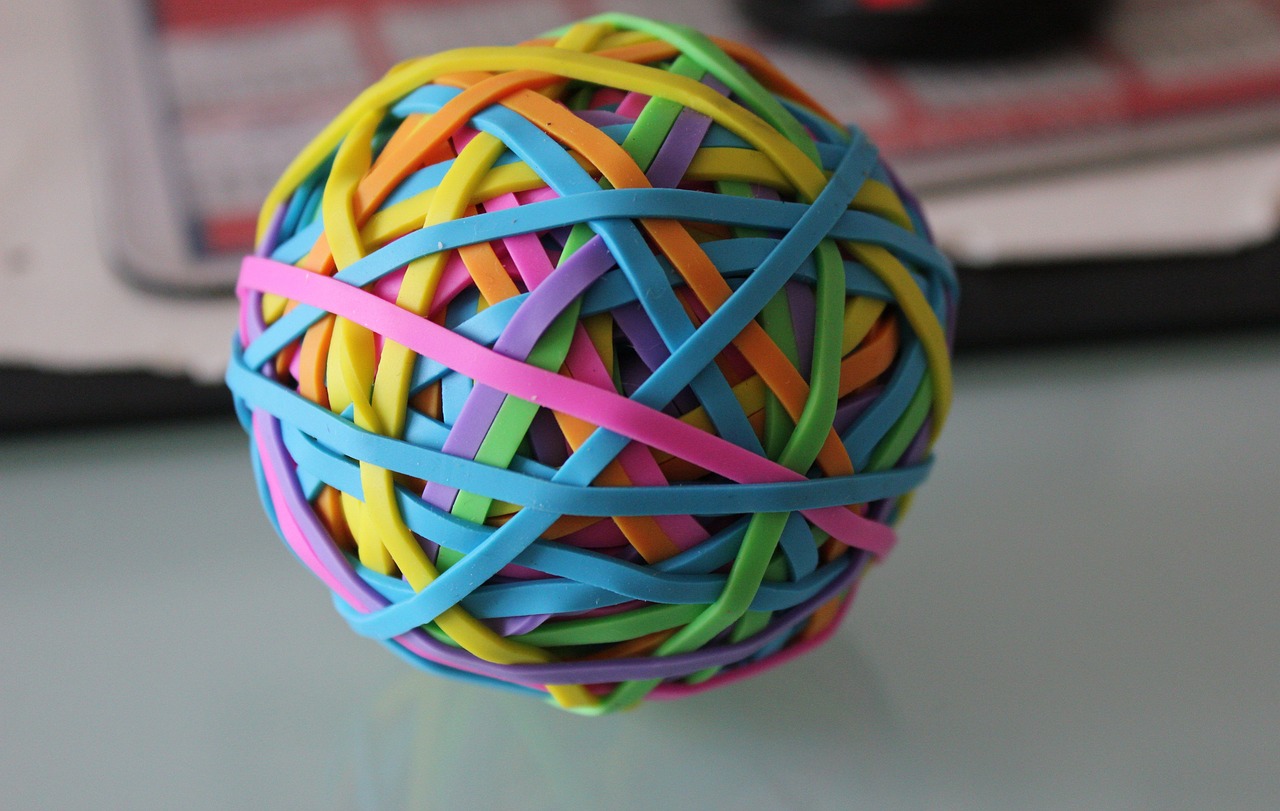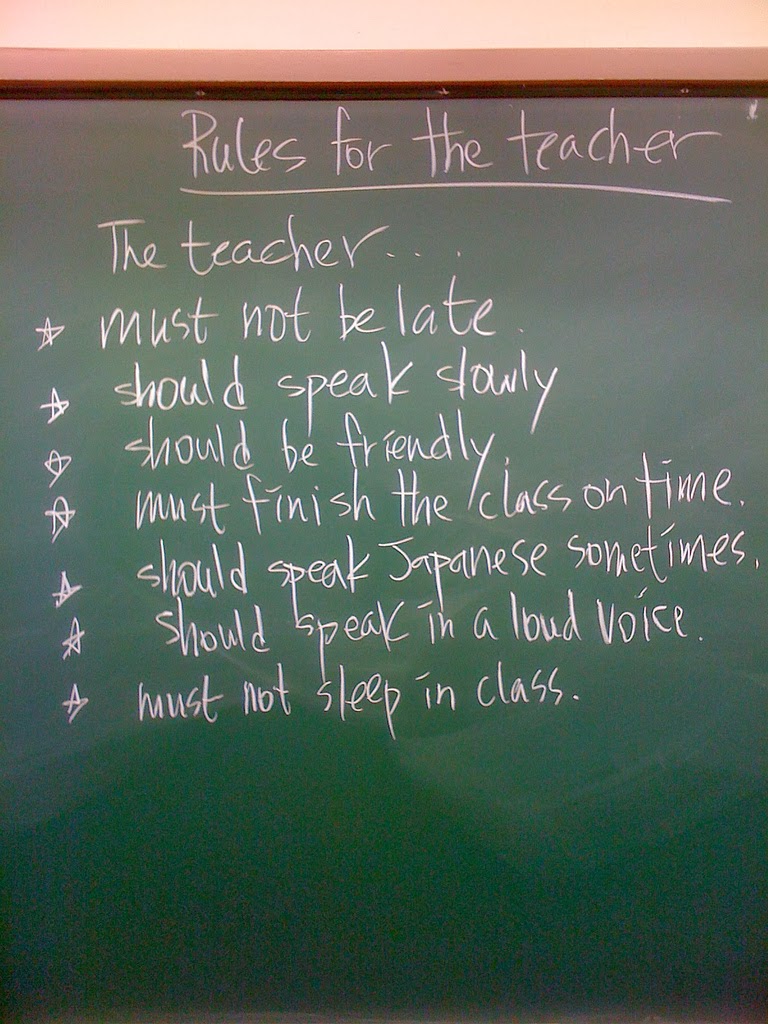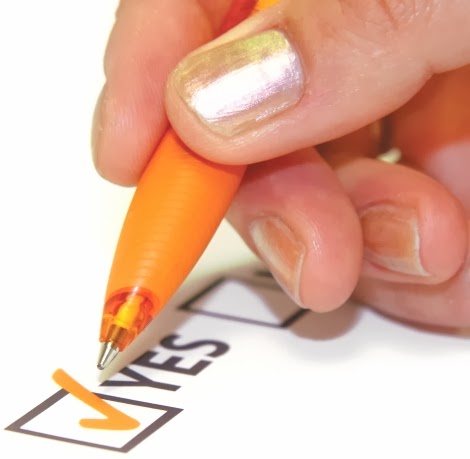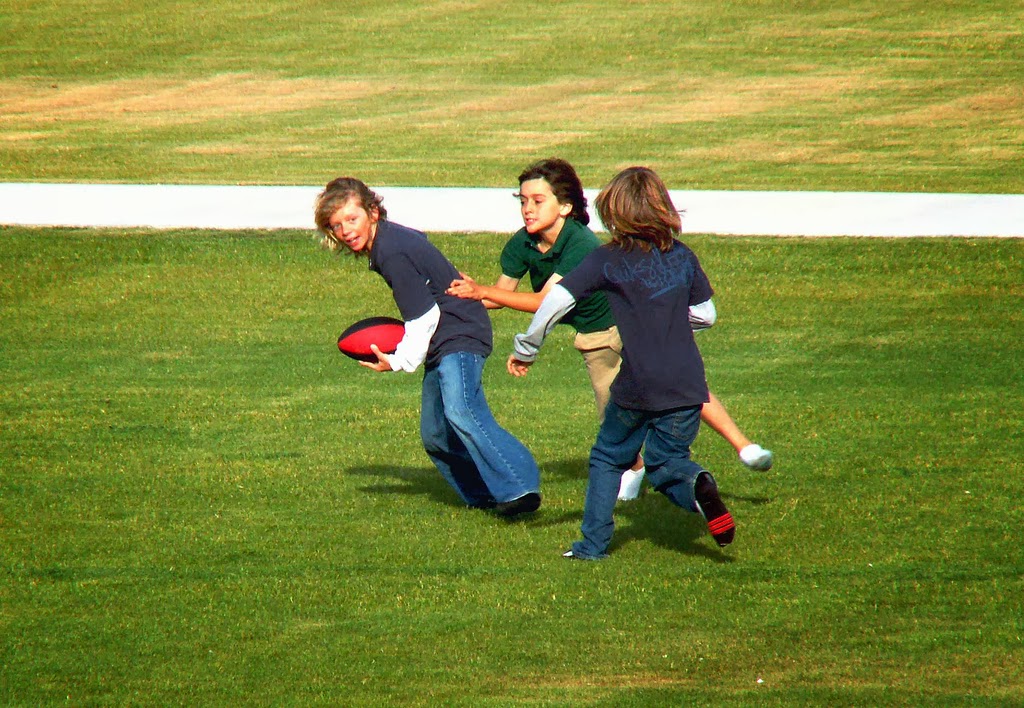With 1 child in 59 diagnosed with autism, there is a good chance you will have a child with autism in your Bible class at some point. It’s important that children with special needs have the best learning environment possible, so they can learn about God like every other child in your class.

There are some small changes you can make to your classroom environment that can help many children with autism. Many of these changes address the sensory issues children with autism may experience.
Autism is considered to be on a spectrum. This means that although two children may both be diagnosed with autism, one child may need very few of these changes to learn well, while the other needs them all. Whenever possible, ask the child’s parents what their child needs in their environment in order to learn well.
- Routine/schedules. Transitions and change can be difficult for children with autism. Having an established routine in your class can help. So can having that routine posted where the child can see it. Some children may need a personal schedule that allows them to move items as they are completed.
- Fidget items. Some children with autism can benefit by having an item they can fidget with quietly. Stress balls, rubber band balls and clay can work well. Just remember to choose something that won’t distract your other students.
- Quiet corner. It doesn’t have to be a corner. At times the sensory input from a classroom environment can be overwhelming to a child with autism. Having a space away from the action where the child can decompress can be helpful.
- Weighted lap pad or vest. Giving some children with autism a weighted lap pad or vest can have a calming effect. They can also hold in warmth though, so be careful that the child doesn’t become overheated in warm rooms.
- Fluorescent light filters. These are special pieces of fabric with magnets at each corner. They filter out the almost imperceptible flickering while still allowing light to filter through. Read descriptions carefully before purchasing as there are similar items to catch the attention of children with special needs that do not filter light in the same way.
- Adequate personal space. Being accidentally bumped into or frequently touched can become overwhelming. Giving the child a little more personal space can minimize contact between students.
- Slowly introducing loud notices. If a student with autism reacts strongly to a loud noise, try lowering the volume and slowly returning it to the desired volume.
- Avoid over-decorating your classroom. Classroom decorations make an environment stimulating and encourage learning. If every inch of your classroom is covered with brightly colored decorations however, it can be over-stimulating to a child with autism. You can still have a bright, cheerfully decorated room – just don’t go over-board.
Making a few changes to your classroom environment can help your Bible students learn the things God wants them to know. It’s worth the extra time and effort it may take to adapt your classroom.




